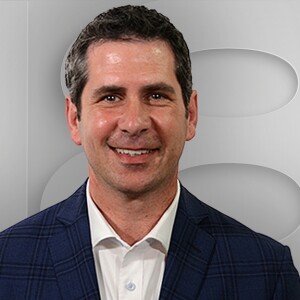BEREA, Ky. (LEX 18) — In this age of multiple social media platforms and televised news offerings almost everywhere your remote will take you, being able to decipher what is real and what might be a stretch of the truth, if not patently false, can be difficult for adults to do, much less for teenagers who can be impressionable. It can be impossible to get to the truth when media outlets will present the same story but with a different slant.
As the E.W. Scripps Corporation weaves its way through another National News Literacy Week, we spoke with a group of students in central Kentucky who not only consume the news on many different platforms, but they help to generate news content and deliver it to the members of their high school community.
“There are a lot of news sources that will pay people to spit certain opinions, but that's where the research comes in, I’ll never take one story on face value, always try to dive deeper,” said Jade Steele, a student at Berea High School, and part of the school’s news program.
These students are the exception. While they consume social media as much as the next teen, they are also aware enough to know that not everything they see or hear is going to be truth. So they seek other sources.
“I like The New York Times, The Washington Post, dot gov websites,” said Cerra Miller, a Berea HS junior.
“The Morning Brew. It’s an email you subscribe to,” said Vincent Pickle of one of his trusted media outlets.
Often time, a teenager might be dealing with a health issue, be it physical or mental and often times they might run to “help” themselves through advice they saw on Tik Tok, or some other platform. The problem with that is, many of the content providers there are knowns as influencers, not experts in the field.
“A lot of the symptoms people will list on social media are generalized things anyone can experience. It can hurt people who actually have these types of disorders,” student Dahlia Legear-Deloziar said.
Her classmate, Vivienne Lessl, hit on a cardinal rule of journalism: fact-checking in more than one place.
“Look at actual sources that have reliable information, and not just one of them, several of them if you want to know more about that (topic)," Lessl said.
The old saying goes, if one person says it’s raining and another says it’s sunny, it’s the job of the journalist to look outside and see who’s right.
“Being able to tell what's real and what's fake, what's reliable, what has a bias, what is blatant misinformation, and what can be influenced by who it’s owned by,” Pickle stated, showing a level of news literacy that’s beyond his years as a middle schooler.
“Where the article is from, and the information it's giving me about who wrote it. What their biases might be,” added Miller, who serves as the station’s content director.
These kids get it. But it can be tricky for most, and in many cases, it’s through no fault of their own. Fact-checking is a lost art, as we tend to assume that what we see and read has been delivered with good intentions.
“It’s about finding sources you can trust,” Miller said.



